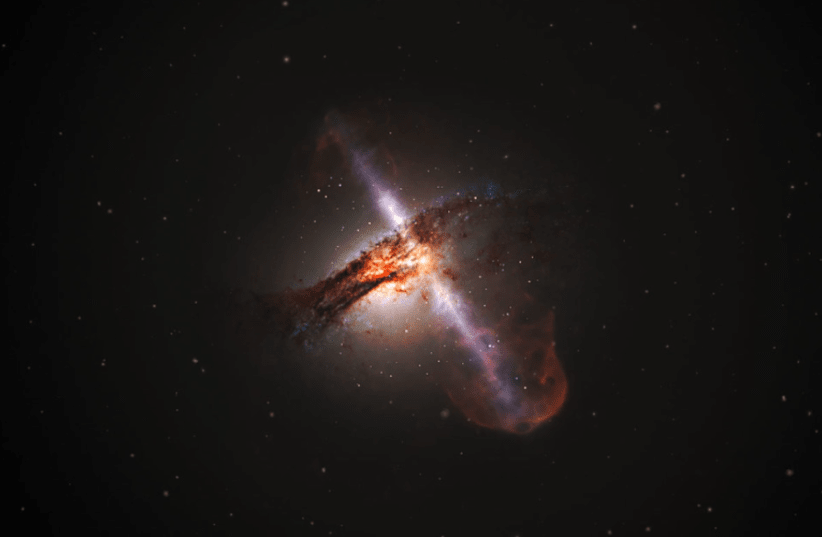Infrared telescopes discover hundreds of previously undetected supermassive black holes

Recent research conducted by astronomers from the University of Southampton and an international team revealed that around one in three supermassive black holes in the universe are obscured from view, more than double the previously estimated 15%. The study's findings indicate that a massive population of these enormous cosmic giants remains invisible, obscured by dense layers of gas and dust.
According to data from NASA's Infrared Astronomical Satellite (IRAS) and the Nuclear Spectroscopic Telescope Array (NuSTAR), NASA scientists were able to look beyond obscuring material and pinpoint hundreds of likely hidden black holes. The combination of infrared and high-energy X-ray views provided crucial evidence, as reported in Science Magazine, to confirm the existence of numerous previously overlooked black holes.
" Mapping the Cosmic Web at Redshift >= 2 (Two-Dimensional Weak Lensing and Spectroscopic Clusters of Galaxies)" by Journal of the American Astronomical Society is not available. We've discovered that many more are hiding right before our eyes—in plain view but obscured by dust and gas, making them invisible to regular telescopes.
Supermassive black holes, which can weigh as much as millions or even billions of suns, are often located at the centers of large galaxies, such as the Milky Way. Nevertheless, numerous others remain out of sight, making it hard to verify their presence.
"As the surrounding dust absorbs and re-emits this light, it becomes detectable as infrared radiation, indicating the black holes' presence," stated Professor Gandhi, according to Space.com By examining the infrared emissions picked up by IRAS, researchers were able to spot the heat signatures of the obscuring clouds enveloping the black holes.
according to IFLScience .
This large population of hidden supermassive black holes has significant implications for understanding how galaxies develop over time. Finding out how many obscured black holes there are compared to the ones we already know about could help us understand how they manage to grow to such huge sizes. Supermassive black holes can influence their host galaxies by affecting star formation rates through feedback mechanisms when they are being fed.
For example, if a great deal of material streams towards a black hole, it can "start spitting out the excess and blasting it back out into the galaxy," causing galaxy-wide winds that block the creation of new stars. This process can slow down or even stop the formation of new stars in the surrounding galaxy.
"If our galaxy, the Milky Way, didn't have a supermassive black hole, we'd see many more stars in the sky," argued Gandhi. This implies that black holes can regulate a galaxy's size by pulling its stars towards the center or swallowing large amounts of gas necessary for star formation.
It astounds me how valuable IRAS and NuSTAR proved to be for this project, especially considering IRAS has been operational for over 40 years," said Peter Boorman, a Caltech astrophysicist and co-author of the study. "This highlights the worth of legacy telescope archives and the advantages of using various instruments that detect different wavelengths of light.
Researchers think that the methods used in this study could assist astronomers in determining how widespread supermassive black holes are in the universe, as well as their function in creating galaxies. This method may also give scientists more insight into the core of our Milky Way galaxy and provide a clearer picture of how galaxies develop over time.
The article was written with the help of an automated news analysis tool.
Posting Komentar